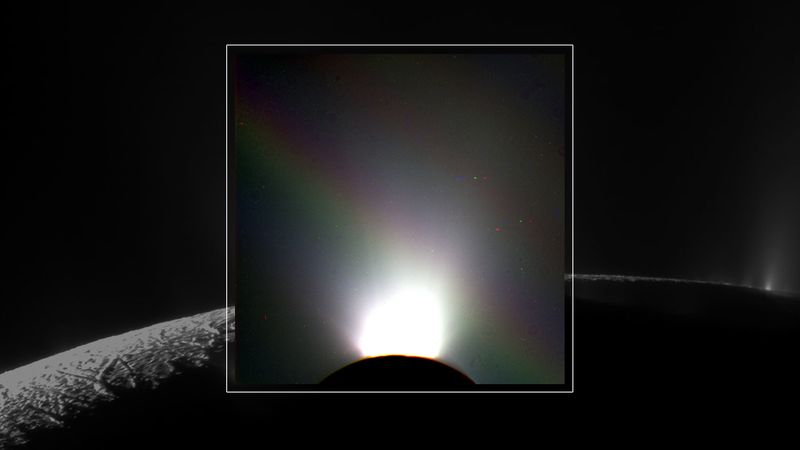Scientists have found an intriguing discrepancy in the way electrons behave in different calcium atoms. The difference between the observations and actual theoretical calculation is subtle; however, the team believes the peculiar effect comes down to a single factor. Whether this factor is something known and missed, or something new, is yet to be determined, but researchers suggest it as tentative evidence for a fifth force of nature.
The rest of this article is behind a paywall. Please sign in or subscribe to access the full content.There are four known canonical forces in the universe: gravity, electromagnetism, strong, and weak nuclear forces. The Standard Model of particle physics doesn’t include gravity (it is much weaker than the other three at a particle level), and it also doesn’t include dark matter and dark energy, which are hypothetical but strongly believed to exist thanks to extensive evidence. It has its limits, so people look for where those limits might break to reveal new physics.
Ideas related to a fifth force have been around for a long time in different aspects of physics and solving different problems. In this case, the force might be hiding right at the center of atoms… which was, for a while, the hiding place of the two nuclear forces.
The team looked at calcium isotopes. These are calcium atoms, so they have the same number of protons in the nucleus and electrons swarming around, but they might have a different number of neutrons. The most common calcium is Calcium-40, made of 20 protons and 20 neutrons, but there are stable versions. Calcium-42 with 22 neutrons, Calcium-44 with 24, and Calcium-46 with 26. You get the picture.
Electrons are organized in orbitals around the core. These are not linear orbits like a planet around a star, but regions where the electron is likely to be. By providing a bit of energy, the electron can be kicked onto a higher orbital, though it will emit that energy after a while and go back to its original state.
This process, known as transition, depends on the properties of the nucleus, and it is different for these different isotopes because the presence of extra neutrons shifts the charge distribution in the nucleus. The team plotted the transition shift between the 42Ca, 44Ca, 46Ca, and 48Ca and the standard calcium-40. If everything were taken into account, the shift would follow a linear relation. But there is a small discrepancy.
The origin of the discrepancy is unknown. It is possible that there are some Standard Model effects and that the calculations have not included them. A similar challenge to the Standard Model was solved just like that after years of data collection. Or it might be the first hint of a fifth force.
If it is a fifth force, it is very weak. It is also mediated by a boson particle that could be lighter than a neutrino or much heavier than a top quark. While that range is huge for a particle, it is the most stringent limit yet for such a hypothetical interaction.
A paper describing the measurements is published in the journal Physical Review Letters.




